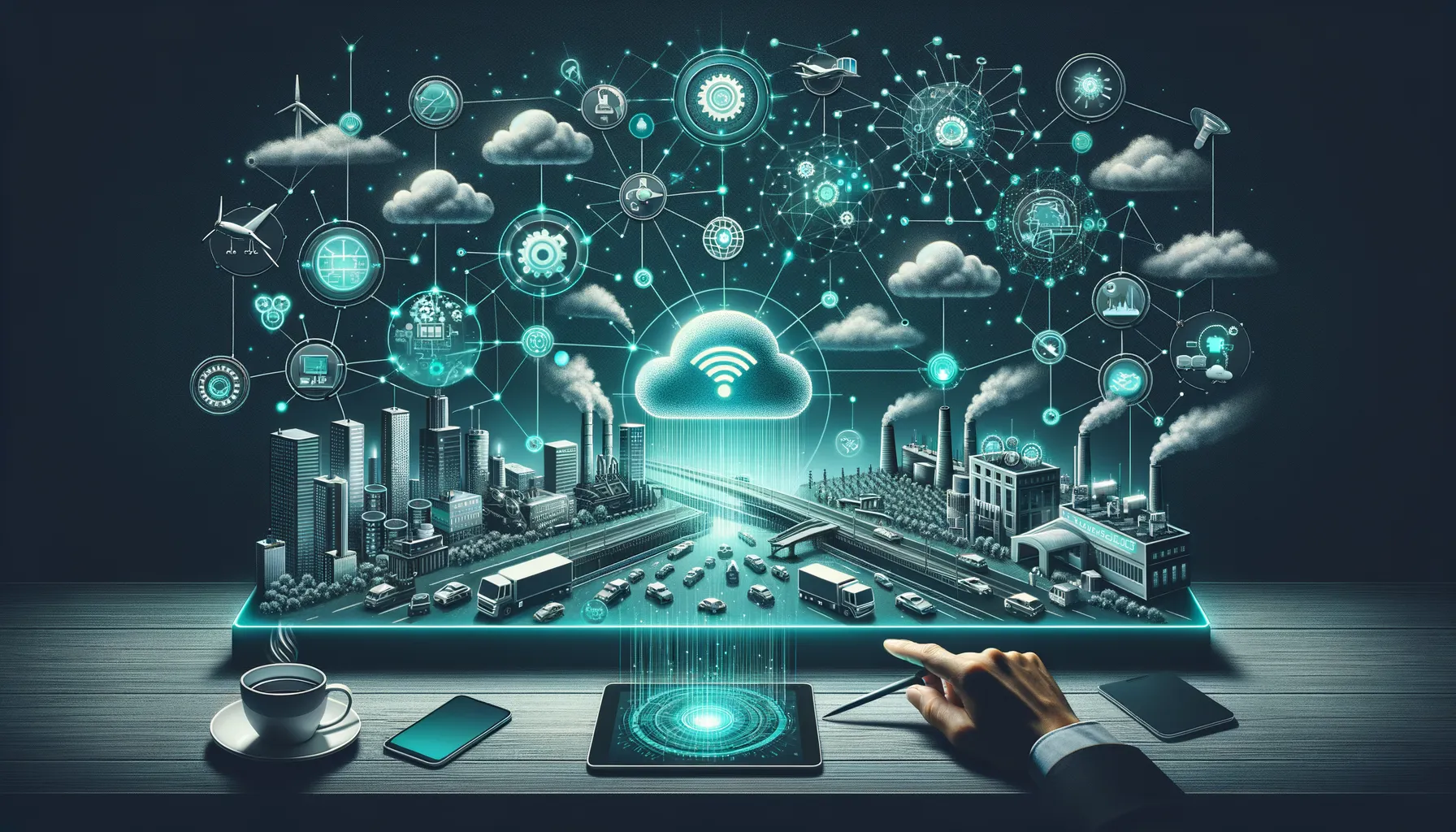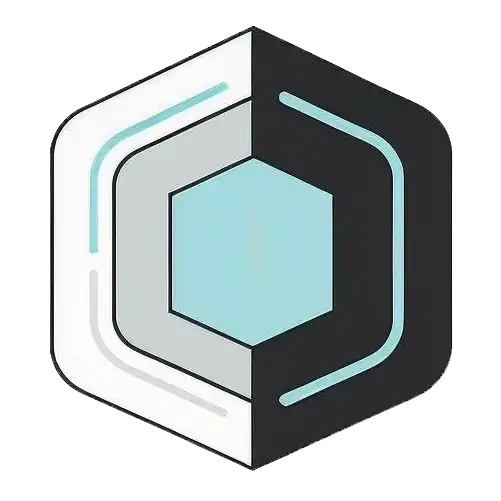Wednesday 5 February 2025, 11:11 AM
How IoT is transforming various industries
The Internet of Things (IoT) is connecting devices to transform industries like healthcare, manufacturing, agriculture, homes, and transport, making operations smarter and more efficient.
Introduction
Hey there! Have you ever wondered how your smartwatch knows when you've been sitting too long or how your fridge can tell you when you're out of milk? That's the magic of the Internet of Things, or IoT for short. It's not just about cool gadgets, though. IoT is shaking things up across a bunch of industries, making our lives easier, businesses smarter, and the world more connected than ever before. Let's dive into how IoT is transforming various sectors and what that means for all of us.
Changing the game in healthcare
First up, let's talk about healthcare. Remember when going to the doctor meant filling out endless forms and waiting ages for test results? Thanks to IoT, that's becoming a thing of the past.
Wearable devices like fitness trackers and smartwatches aren't just for counting steps. They're monitoring heart rates, sleep patterns, and even detecting irregularities that could signal health issues. Doctors can access this real-time data to make quicker, more accurate diagnoses.
Hospitals are getting smarter too. Connected devices track patient vitals continuously, alerting staff instantly if something's off. This not only improves patient care but also frees up time for healthcare professionals to focus on more critical tasks.
Remote patient monitoring is another biggie. For people with chronic conditions, regular check-ups can be a hassle. IoT devices enable doctors to monitor patients from afar, reducing the need for hospital visits. It's convenient for patients and eases the load on healthcare facilities.
Revolutionizing manufacturing with Industry 4.0
Manufacturing might not sound glamorous, but IoT is turning it on its head. You've probably heard the term "Industry 4.0" thrown around. It's all about smart factories where machines and systems are interconnected, sharing information to optimize production.
Sensors on equipment monitor performance and predict when maintenance is needed before anything breaks down. This predictive maintenance saves companies a ton of money by preventing downtime.
Supply chains are becoming more transparent too. IoT devices track goods from the factory floor to the store shelf, so companies know exactly where their products are and can manage inventory more efficiently.
And let's not forget automation. Robots and IoT devices are handling repetitive tasks, increasing productivity, and allowing human workers to focus on more complex jobs. It's a win-win for efficiency and job satisfaction.
Transforming agriculture into smart farming
Agriculture might seem old-school, but IoT is bringing it into the future. Farmers are using connected devices to monitor soil conditions, weather patterns, and crop health.
Drones equipped with sensors fly over fields to collect data, helping farmers spot issues like pest infestations or irrigation problems early on. Smart irrigation systems adjust watering schedules based on real-time soil moisture data, conserving water and improving crop yields.
Livestock farming benefits too. Wearable devices for animals monitor their health and activity levels. Farmers can track their herds remotely, ensuring the animals are healthy and reducing losses.
All this tech helps produce more food with fewer resources, which is crucial as the global population keeps growing.
Making homes and cities smarter
IoT isn't just for big industries; it's making its way into our homes and cities too. Smart homes with connected thermostats, lights, and security systems let us control everything from our smartphones, saving energy and boosting convenience.
Imagine your coffee maker starting when your alarm goes off or your fridge adding milk to your shopping list when you're running low. That's IoT making everyday life smoother.
On a larger scale, smart cities are using IoT to improve urban living. Sensors manage traffic flow, reducing congestion and emissions. Smart streetlights dim when nobody's around, saving energy. Waste management systems optimize trash collection routes based on bin levels.
These innovations not only enhance our quality of life but also help tackle environmental challenges by promoting sustainability.
Redefining retail experiences
Shopping has come a long way from flipping through catalogs or wandering store aisles aimlessly. IoT is making retail more personalized and efficient.
In stores, beacons communicate with shoppers' smartphones, offering tailored promotions and product information. Smart shelves keep track of inventory in real-time, so stores know when to restock items.
Online retailers use IoT to streamline warehouses. Automated systems pick and pack items faster than ever, getting your orders to your doorstep quickly.
Even the checkout process is changing. Amazon's Go stores, for example, let shoppers grab what they need and leave without waiting in line—sensors and cameras track purchases and charge customers automatically.
These advancements make shopping more enjoyable and keep customers coming back.
Enhancing transportation and logistics
Getting people and goods from point A to point B efficiently is a complex task. IoT is simplifying it in fascinating ways.
Connected vehicles communicate with each other and traffic systems to reduce accidents and improve flow. GPS and sensors help with navigation and vehicle diagnostics, alerting drivers to issues before they become serious.
In logistics, IoT devices track shipments in real-time. Companies know exactly where their packages are, predict delivery times more accurately, and can reroute shipments if needed.
Fleet management benefits too. Monitoring fuel consumption and driver behavior helps companies cut costs and improve safety.
Public transportation is adapting as well. Riders can get real-time updates on bus or train arrivals, making commuting less of a headache.
Overcoming challenges and looking ahead
Of course, with all this connectivity comes challenges. Security is a big concern. More devices online mean more potential targets for hackers. Companies and individuals need to prioritize cybersecurity to protect sensitive data.
There's also the issue of interoperability. With so many devices and platforms, ensuring they all work together seamlessly isn't easy. Standardizing protocols will be key to maximizing IoT's potential.
Privacy is another consideration. Collecting data can improve services, but it's important to handle that data responsibly to maintain trust.
Despite these hurdles, the future looks bright. IoT is still in its early days, and as technology advances, we'll see even more innovative applications.
Wrapping up
So there you have it—a glimpse into how IoT is transforming industries left and right. From making our homes cozier to revolutionizing healthcare and agriculture, IoT is weaving connectivity into the fabric of our daily lives.
It's an exciting time to be around technology. As IoT continues to evolve, who knows what incredible developments we'll see next? One thing's for sure: the world is becoming more connected, and that's opening doors to possibilities we couldn't have imagined a few years ago.
Thanks for joining me on this journey through the IoT landscape. Stay curious, stay connected, and keep an eye out for the next big thing in the Internet of Things!

